Centennial Parklands is an oasis in the heart of Sydney. Located in the eastern suburbs, it acts as the ‘lungs’ of Sydney.
Standing on Gadigal land, it was originally a swamp. Early colonialists set aside the land for a water source and then as a public park. It opened in 1888. Centennial Park is known as the ‘People’s Park. It has an Australian National Heritage Listing.
Vision for the park
Sir Henry Parkes’ vision was to create a ‘People’s Park’ in which the citizens of Sydney could ‘take in the air’ away from the Sydney town centre. This vision is alive and well, with the park receiving over 30 million visitors a year.
It is a haven for people of all ages and for many different activities. Set up as a mixture of woodlands and open areas, it is reminiscent of the parkland gardens of England of the 19th Century.


Plantings of trees to create the oasis!
The landscape of the Parklands remains consistent with Victoria period planting styles with expanses of grassy fields and rows or groves of shade creating trees.
The trees in the park are all about 130 years old – with species like Melaleuca quinquenervia, Ficus rubiginosa, Agathis robusta and Grevillea robusta abounding.
Throughout its history, successive directors have ordered major plantings, as outlined here.
In the 1860s, Charles Moore planted an avenue of figs along Anzac Parade including Ficus rubiginosa (Port Jackson) and Ficus macrocarpa (Moreton Bay).
More figs were planted in the 1880s along with Araucaria heterophylla (Norfolk Island pine), A. cunninghamii (Hoop pine) and Grevillea robusta (Silky Oak).
In the 1890’s, Joseph Maiden directed the planting of more native trees, including Melaleuca quinquenervia (paperbark).
Maiden considered soil and climate over stylistic convention in his choices. He favoured native trees, which was unusual for the time. The Paperbark Grove is now one of the most photographed areas in the Park.
Plantings of both native and exotic trees continued throughout the next 30 to 40 years. Planting then slowed due to change of management and budgetary pressures.
In the 1960s, native species become the focus of the planting. In 2000, to commemorate Maiden’s work, a row of 65 paperbarks was planted along Alison Road.
Phytophthera, a deadly fungus for Australian plants, destroyed a row of Washingtonia (an exotic palm). Agathis robusta were then planted instead.
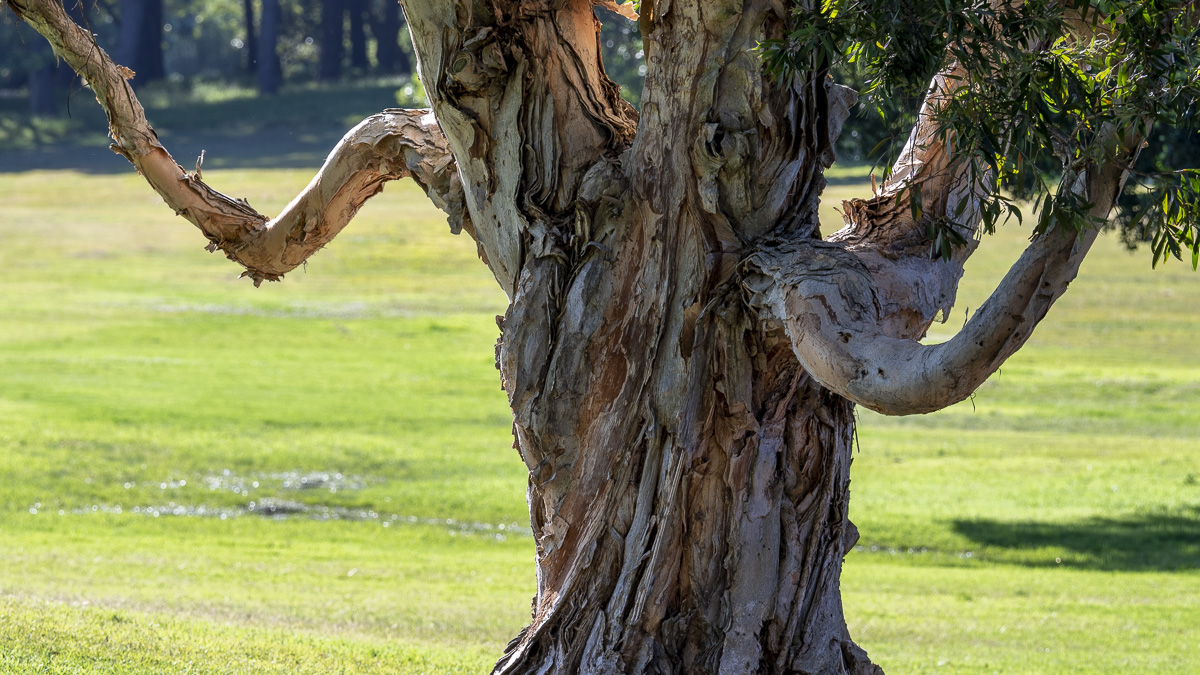


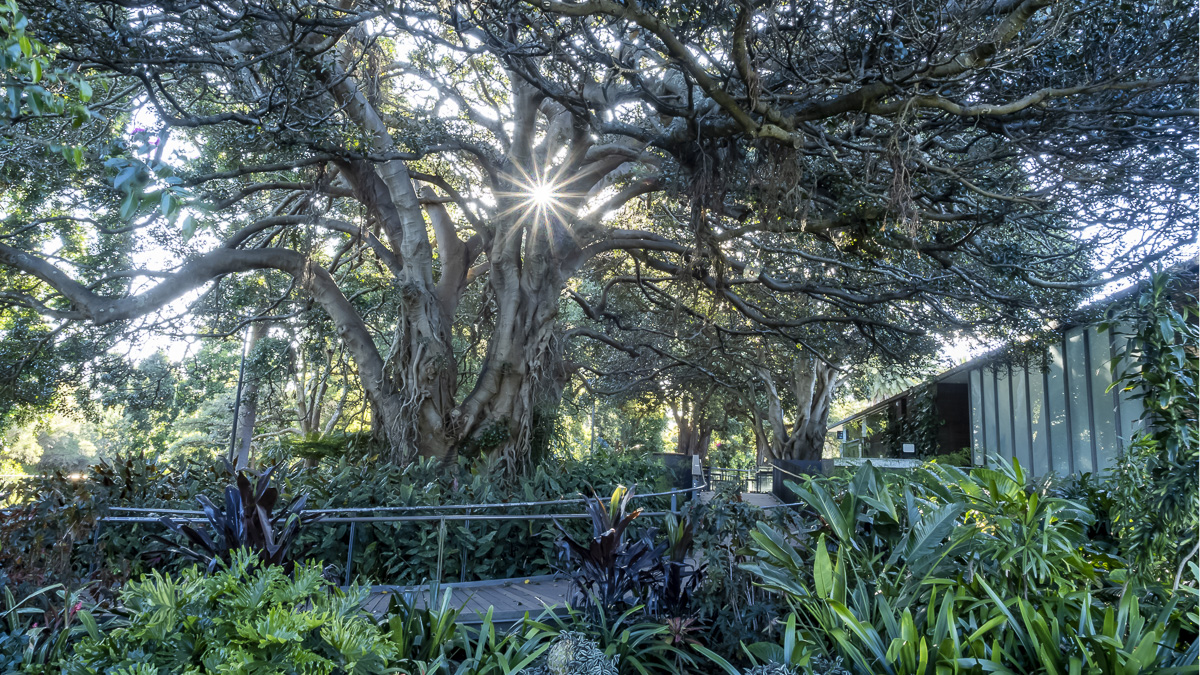
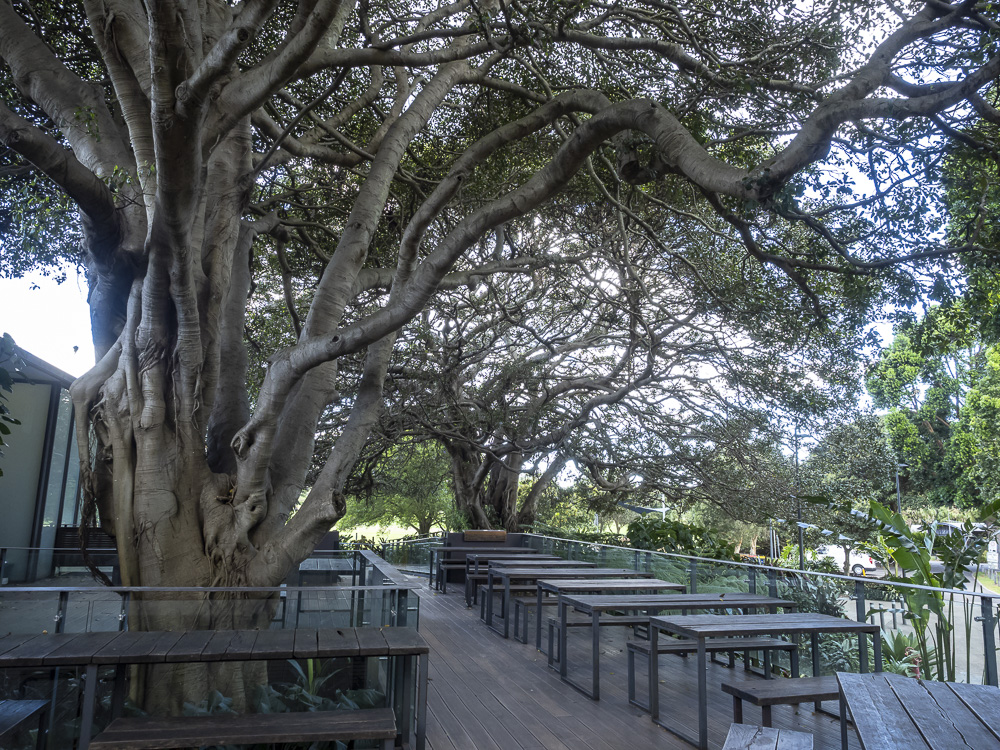

Native garden adds to the oasis vibe
Around the parks office is a small and stunning native garden. It creates a unique vibe of native Australian oasis of colour and texture. A cottage garden, it abounds in flannel flowers, paper daisies and small shrubs for wildlife attraction and aesthetics.




Features to enjoy
Throughout the garden are some wonderful features, cafes, play areas, wild areas, ponds, ducks and tracks. The garden offers outdoor learning programs for classes of all ages. These focus on environmental education, sustainability, fieldwork, and developing a life-long connections to nature.
People of all ages enjoy the garden. One of the mothers said that her son loves to come and particularly enjoys the wild play area. The designers of this Wild Play area were awarded the International Architecture Award by the The Chicago Anthenaeum: Museum of Architecture and Design and The European Centre for Architecture Art Design and Urban Studies.
Another couple make a morning pilgramage to the park as part of a walking group. This sets them up well for the rest of the day.
Another visitor cycles from the inner city each day. He had been coming to the park for 40 years, first with his kids, and now to enjoy a coffee amongst the greenery and fresh air.
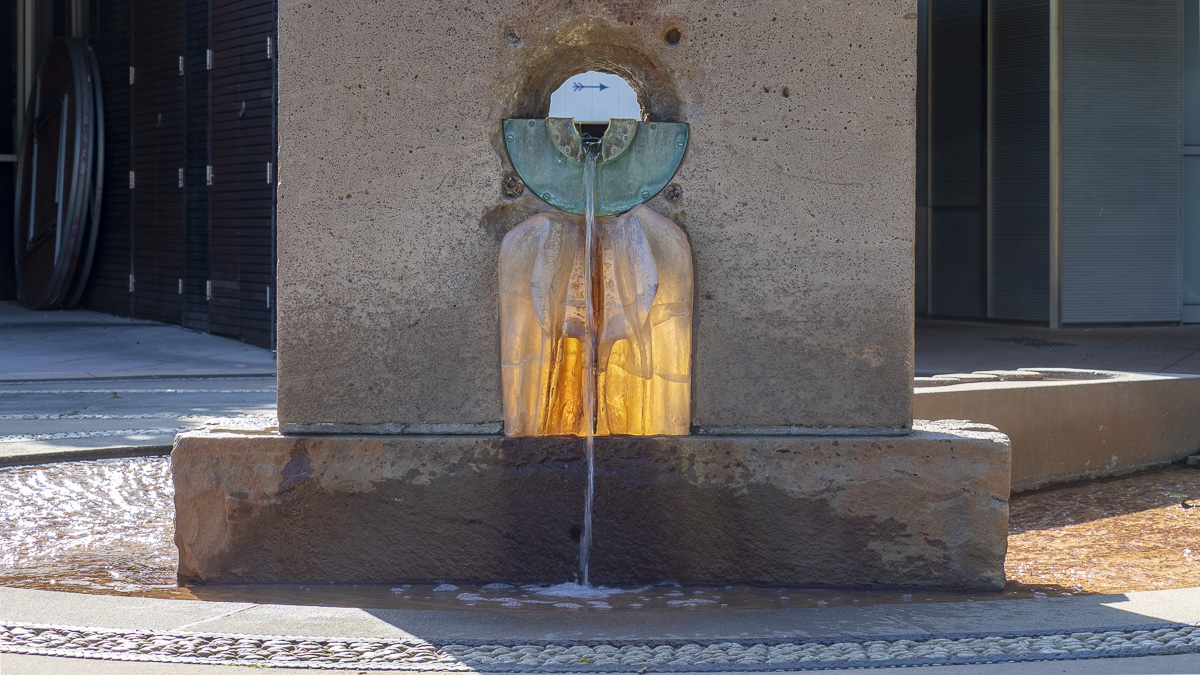
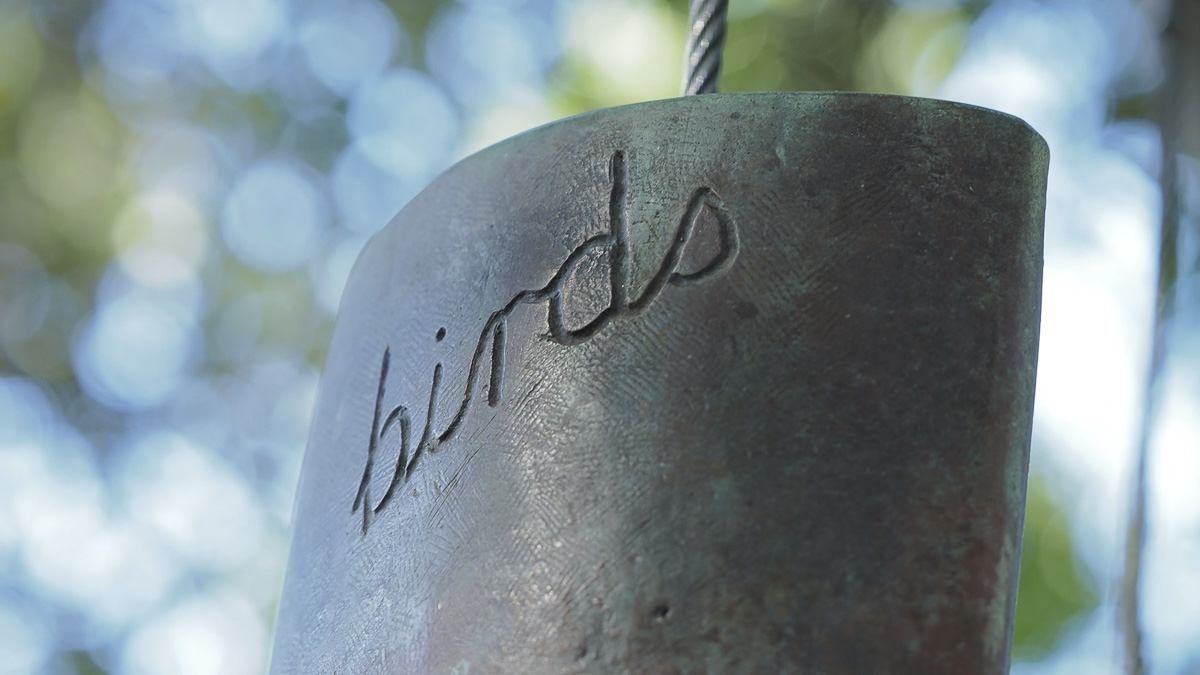

Truly a wonderful place to visit and relax. An oasis in the heart of Sydney. Long may it exist!
 Australian Native Plants Society (Australia)
Australian Native Plants Society (Australia)